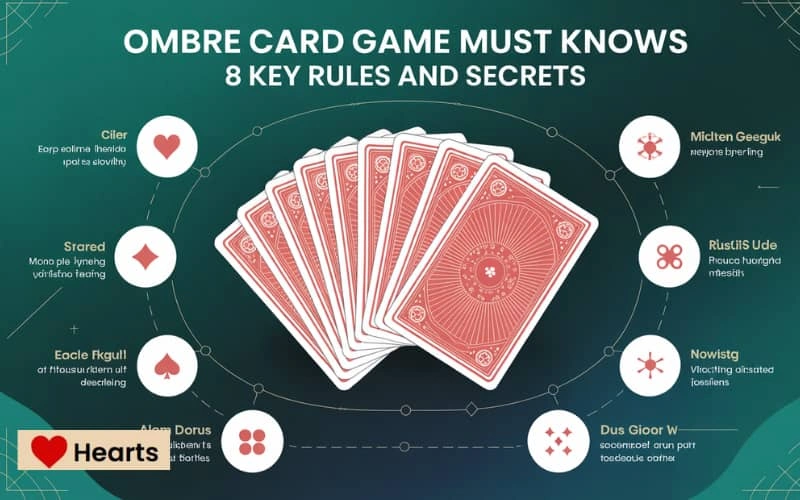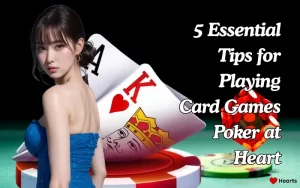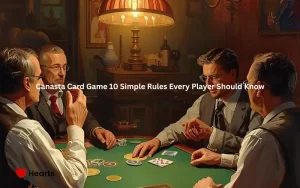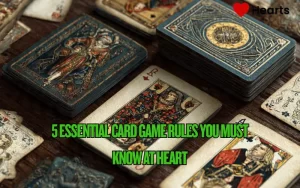The ombre card game is a historic and strategic trick-taking card game that dates back to 17th-century Spain. Though not as commonly played today, it remains a favorite among traditional card enthusiasts and historians of classic games. The game is known for its unique structure free pogo spades online, skillful play, and multiple bidding options. Whether you’re learning it for the first time or brushing up on forgotten rules, these eight key rules and secrets will help you master the ombre card game.
Learn the Historical Basics of Ombre
To fully appreciate the ombre card game, you need to know its roots. Ombre originated in Spain and quickly became popular across Europe, particularly in France and England. It is often played by three players using a 40-card deck, typically created by removing the eights, nines, and tens from a standard French or Spanish deck.
Understanding the game’s origins helps you see how it influenced many later games such as quadrille and solo whist. It also explains the elegant and structured gameplay, which is a hallmark of classical European card games.
Know the Role of the Declarer or Ombre
The player who wins the bid in the ombre card game becomes the “Ombre” or the declarer. This player chooses the trump suit and aims to win the majority of tricks against the other two players. The success or failure of the declarer determines the outcome of the hand and who gains or loses points.
This role is strategic and challenging. It demands knowledge of card probability, risk-taking, and a good memory. Winning the bid but failing to win enough tricks can cost the Ombre more than just points. Choosing the right trump suit is a key decision that affects the entire round.
Understand the Three Bidding Types
In the ombre card game, players bid on the right to become the declarer. There are typically three levels of bids:
- Simple Ombre – The basic bid where the player chooses a trump and plays alone.
- Vuelta – The trump suit is determined by turning over the top card of the remaining deck.
- Solo – A higher bid where the declarer plays without discarding or drawing new cards.
The higher the bid, the greater the risk and reward. Understanding when to bid and how high to go is an essential strategy in the game. You must evaluate your hand carefully and predict whether your opponents can beat you if you commit to a strong bid.
Master the Trump Suit and Card Ranking
One of the most important rules in the ombre card game is how the trump suit affects card ranking. In trump suits, cards rank differently compared to non-trump suits.
In the trump suit, the ranking often becomes:
Spadille (Ace of Spades), Manille (lowest card, often the deuce), Basto (Ace of Clubs), followed by King, Queen, Jack, and so on.
This ranking can be confusing to new players, so it’s crucial to memorize the order and understand how it changes depending on the chosen trump suit. This structure makes the ombre card game very strategic and different from other trick-taking games like bridge or spades.
The Art of Discarding and Drawing
Another core rule in the ombre card game is discarding and redrawing cards. After winning the bid, the Ombre may discard up to five cards and draw new ones from the stock to improve their hand—unless the bidding was Solo, which does not allow discarding.
This phase is your chance to strengthen your hand and improve your chances of winning tricks. Experienced players know how to discard wisely and keep cards that support future trick wins. Timing and intuition are important here, as one wrong discard can shift the outcome of the game.
Watch for Reversis and Special Plays
The ombre card game includes advanced plays such as Reversis, where the goal is to lose every trick rather than win. This version flips the objective and requires a completely different strategy.
Special plays and bonus points also exist in certain variations. For example, if the Ombre wins all tricks, it is called Vole, earning bonus points. Some games also reward specific card combinations or sequences.
These extra features keep the game dynamic and offer hidden layers that go beyond standard gameplay. Understanding these options gives you a competitive edge.
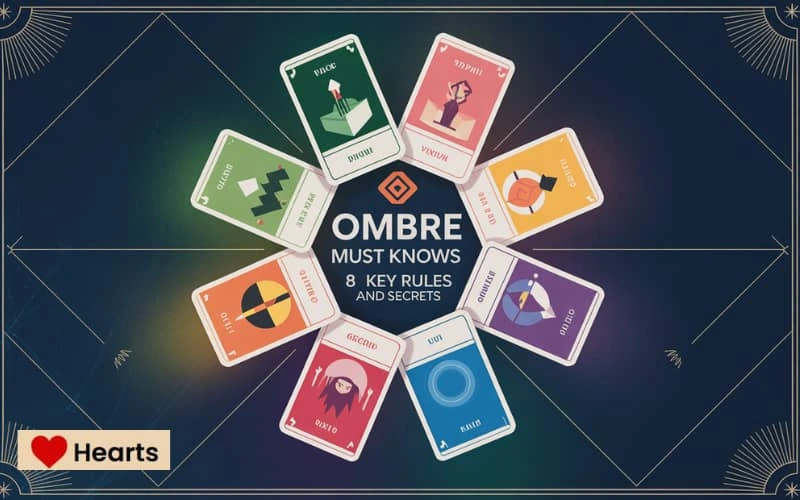
Keep Score Carefully
Scoring in the ombre card game can vary depending on the version being played, but usually involves points for winning tricks, bonuses for winning all tricks, or penalties for failing as the Ombre.
Common point examples include:
- Winning the hand as Ombre: +5 points
- Failing to win enough tricks: -5 points
- Winning all tricks (Vole): additional bonus points
Each hand changes the scoreboard, so consistent attention to detail is necessary. Keeping accurate records ensures a fair and enjoyable match for all players.
Study the Psychological Side of Play
Like most classic card games, the ombre card game involves psychology and reading your opponents. Skilled players observe card behavior, bluff through bidding, and manage how much information they reveal during play.
Pay attention to your opponents’ bidding tendencies and how they respond during each trick. Are they playing aggressively or cautiously? What cards do they hesitate on? This information helps guide your next move and increases your chances of outsmarting them.
Final Thoughts
The ombre card game is a masterpiece of classic card strategy, rich in tradition and full of layers for those willing to learn. From understanding its historic roots and mastering bidding, to memorizing card rankings and learning the art of discarding, there is always something new to discover in this elegant game.
These eight rules and secrets are must-knows for anyone who wants to play ombre like a pro. Whether you’re exploring the game for the first time or returning to it after years, these insights will elevate your gameplay and deepen your appreciation for one of the most influential card games in European history.
Make the ombre card game a regular part of your game night, and you’ll quickly see how it sharpens both your strategic thinking and your social interaction skills.


